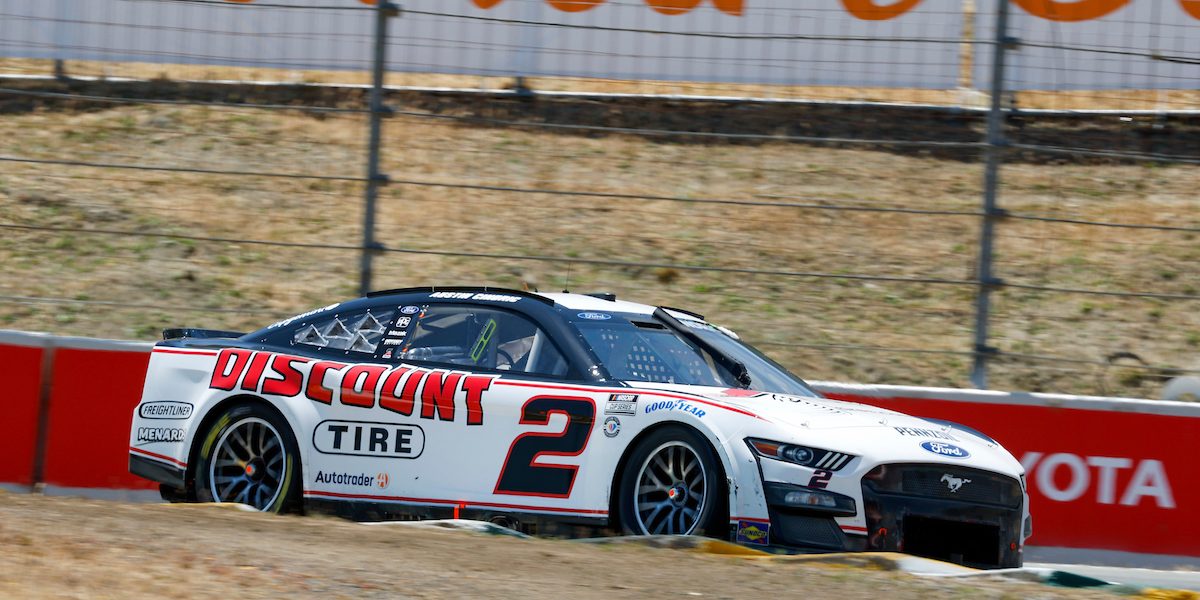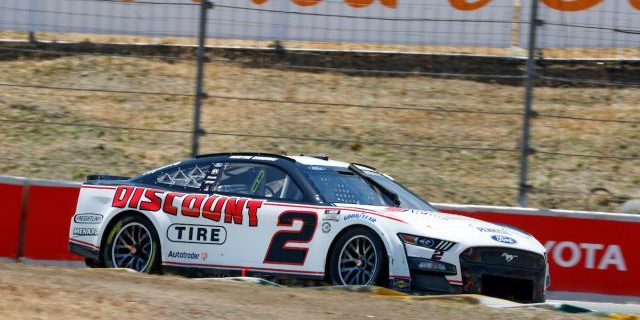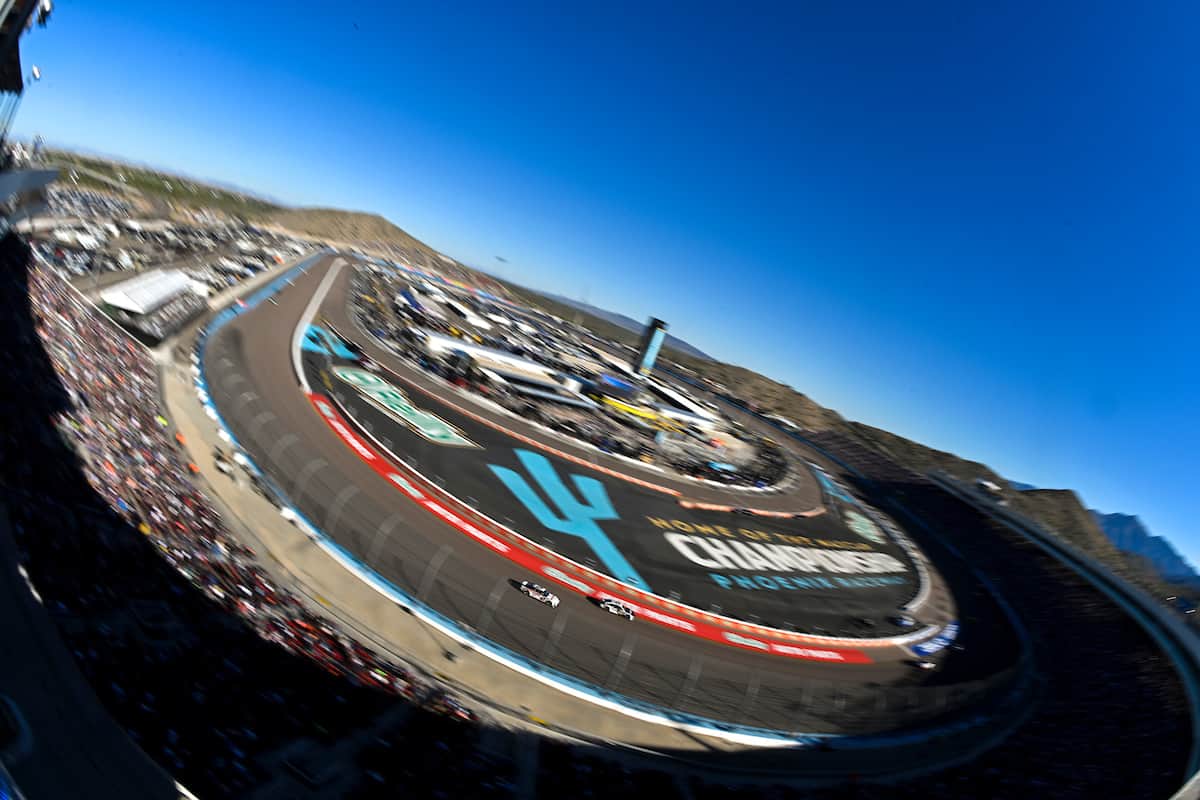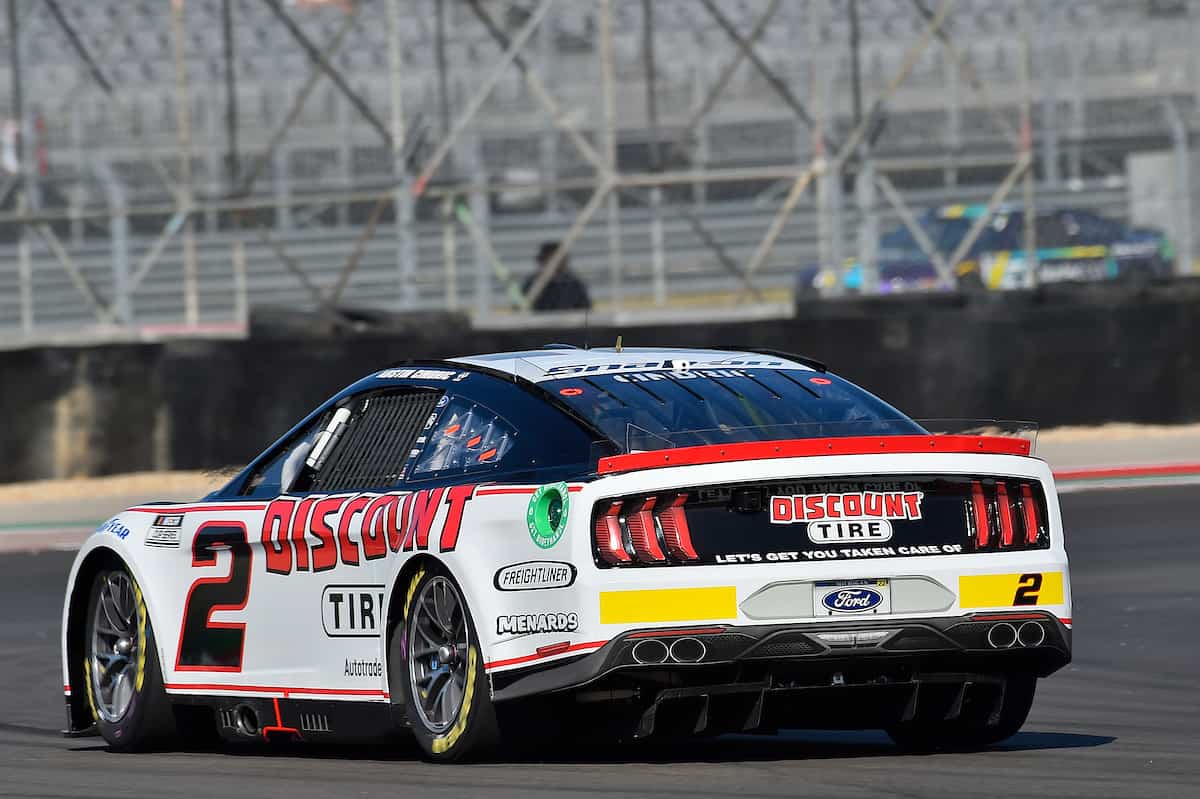How much is the budget for NASCAR vs f1?


You’ve been sitting there, wondering about the financial facets of your favorite motorsports, haven’t you? Specifically, you’re curious about the budget differences between NASCAR and Formula 1 (F1).
The budget for Formula 1 teams significantly surpasses that of NASCAR teams, often reaching hundreds of millions of dollars annually, compared to NASCAR’s tens of millions.
Table of Contents
In This Article
In this article, we’ll dive deep into the financial intricacies of these two globally renowned motorsports. We’ll explore the factors that contribute to their budgets, the economics involved, and even debunk some myths along the way. Stay tuned for a comprehensive breakdown.
A Detailed Explanation of Budget Differences Between NASCAR and F1
Factors Influencing the Budget
One of the most significant factors contributing to the discrepancy between F1 and NASCAR budgets is the technology involved. F1 cars are cutting-edge machines requiring state-of-the-art materials and constant R&D (Research and Development) to maintain competitive edges. The engines alone in an F1 car can cost upwards of $10 million, not to mention the myriad of other technological components like aerodynamics and telemetry systems.
Global Reach and Marketing
Formula 1’s global reach also plays a massive role in the enormous budgets. With races happening all over the world, from Monaco to Singapore, the marketing and logistics expenses are significantly higher. Sponsoring a top F1 team can cost a brand upwards of $100 million a year, and that’s just one revenue stream for these teams. NASCAR, being predominantly a U.S.-based sport, doesn’t require as much international marketing and logistics, which cuts down on expenses.
Salaries and Personnel
Another vital aspect is the salaries for team members and drivers. F1 drivers like Lewis Hamilton command salaries that can exceed $50 million per year. The team engineers, designers, and other staff are also generally higher paid in F1 than in NASCAR. NASCAR drivers, although well-compensated, generally earn less, with top earners making around $10-20 million per year.
Operating Expenses
When it comes to operating expenses like travel, equipment, and upkeep, F1 again dwarfs NASCAR. An F1 team may spend close to $1 million just for shipping cars and equipment from one country to another between races. NASCAR teams, most of which are based in the United States, don’t incur such hefty logistics costs.
Here’s everything else you need to know to further understand why these two popular motorsports operate on such different financial scales.
Sponsorships: The Fuel of Motorsports
The Role of Sponsorships in F1
In Formula 1, sponsorships serve as a crucial revenue stream. Brands are willing to invest large sums in sponsorship deals, sometimes totaling up to nine figures. This is largely due to the global exposure brands get from F1, thanks to its international audience. From putting logos on the car to elaborate promotional events, sponsorship activities in F1 are extensive and costly.
NASCAR Sponsorships: More than Just Stickers
In NASCAR, sponsorships also play a significant role but on a smaller scale. With a more localized audience, the amounts invested by sponsors are generally less than in F1. However, NASCAR has a unique approach to sponsorships. Besides ad placements on cars, sponsors often engage directly with fans through merchandise, promotional events, and even naming rights to races. This makes the sponsorship experience more integrated and accessible to the everyday fan.
The ROI: Return on Investment
Measuring ROI in F1
Formula 1’s higher budgets are often justified by a higher potential ROI for stakeholders. The global fanbase, cutting-edge technology, and high-quality broadcasts make it an attractive platform for brands, resulting in lucrative television rights deals and substantial returns on sponsorship investments.
The American Pie: ROI in NASCAR
NASCAR may not have the global outreach that F1 enjoys, but it has a very dedicated and significant audience in the United States. ROI for NASCAR teams and sponsors may not be as high as F1, but it’s certainly not negligible. Television deals within the U.S. and a die-hard fan base make NASCAR a worthy investment for many brands seeking to tap into the American market.
Regulations and Limitations
F1’s Cost Caps
To control escalating costs, Formula 1 has introduced various measures like cost caps. This regulation limits the amount a team can spend in a season, excluding some major costs like driver salaries. The idea is to level the playing field and make the sport more competitive.
NASCAR’s Standardization Measures
NASCAR, on the other hand, has focused on standardization to control costs. Elements such as the “Car of Tomorrow” design aim to keep development costs down by using standardized parts. This approach ensures that smaller teams can compete effectively without spending a fortune.
How much is the budget for NASCAR vs f1? – Final Thoughts
You’ve journeyed through the fascinating world of motorsports finance, gaining a comprehensive understanding of how the budgets for NASCAR and Formula 1 differ significantly. From technological advancements to sponsorships and regulations, it’s evident that various factors contribute to their differing financial scales.
Don’t let the stark budget differences diminish your love for either sport. Whether it’s the glamour and high-tech appeal of Formula 1 or the raw, crowd-pleasing excitement of NASCAR, each has its own unique allure that justifies its costs. The most important thing is the thrill and enjoyment these sports bring to fans like you around the world. So, keep on revving your passion for motorsports!
How much is the budget for NASCAR vs f1? – Frequently Asked Questions
1. Is Formula 1 more popular than NASCAR?
Formula 1 has a more extensive global reach, while NASCAR is more popular in the United States.
2. How do teams in both sports generate revenue?
Teams generate revenue through sponsorships, merchandise sales, and in some cases, shares of broadcasting rights.
3. Do drivers in Formula 1 earn more than those in NASCAR?
Generally, yes. Top Formula 1 drivers can earn salaries exceeding $50 million per year, while top NASCAR drivers usually earn between $10-20 million.
4. What is the most expensive component of a Formula 1 car?
The engine is generally the most expensive component, with costs that can exceed $10 million.
5. How do regulations affect budgets in NASCAR and Formula 1?
Formula 1 has implemented cost caps to level the playing field, while NASCAR has focused on standardization to keep costs down for all teams.
6. Are these sports profitable for team owners?
Profitability can vary, but generally, Formula 1 teams have the potential for higher returns on investment due to their global reach and higher sponsorship deals.
7. How often do these budget figures change?
Budget figures can change yearly due to new sponsorships, changing regulations, and other financial factors.










